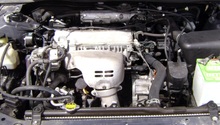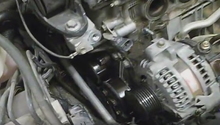Toyota Camry: Engine Noise Diagnostic Guide
Engine noises could mean anything from tight belts to dying motors. Whatever the cause, you should be quick to diagnose the problem before it gets worse. Here is how to do so.
This article applies to the Toyota Camry 4th, 5th, and 6th generation (1997-2015).
Unless you are a seasoned mechanic, engine noises can scare almost any driver. There are all sorts of things that can cause engine noise. However, you can differentiate between them by how the noises sound. Whining often infers problems with belts, clacking can point to problems with the valves, while knocks can range from bad spark or spun bearings. Knowing what to look for is the first step in diagnosing a mysterious engine noise. So, we've taken this opportunity to list some common noises, their problems and solutions to help silence your engine noise.

Materials Needed
- Automotive stethoscope
- Metric socket set
- Pliers
- Diagnosis machine/scan tool
Step 1 – Check your belts
Your serpentine belt might be too tight.
The serpentine belt drives numerous components on your engine, from the power steering pump to the alternator. If a belt is too tight, or even too loose, it will make noises. Serpentine belts that are too tight will let out a high-pitched wining noise, which is the rubber from the belt being stretched. On the other hand, belts that are too loose can often squeal because they will not stay on the pulleys as it spins.
- To fix the belt, open the hood and find the right one. The alternator belt is usually a common suspect.
- Loosen the belt tensioner.
- Adjust the belt until it's snug.
- Tighten the belt tensioner and turn on the car.
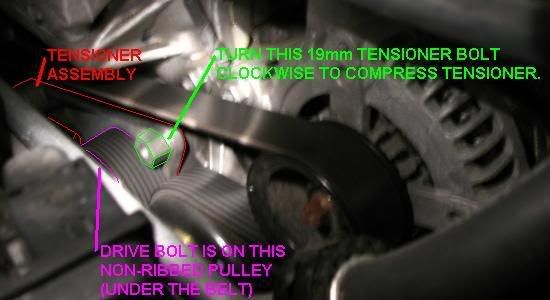
Pro Tip
Sometimes the belt may be too worn and you will have to replace it. If you must replace the belt, be sure the aftermarket part you get has the correct number of ribs on the belt because universal belts are sometimes used as replacement parts.
Step 2 – Check your belt pulley
The bearing may have worn out.
The serpentine belt is driven by several pulleys mounted all around your engine. If the sound is not coming from the belt itself, check each pulley. Pulley sounds range from rattling and grinding to sometimes squeaking.
- To check your belt pulley, first turn your car on and pop open the hood.
- Take some spray lubricant and apply it on each belt pulley.
- While you apply the lubricant, listen to see if the noise stops.
- If it does, then the pulley bearing is worn out and the assembly will need to be replaced.
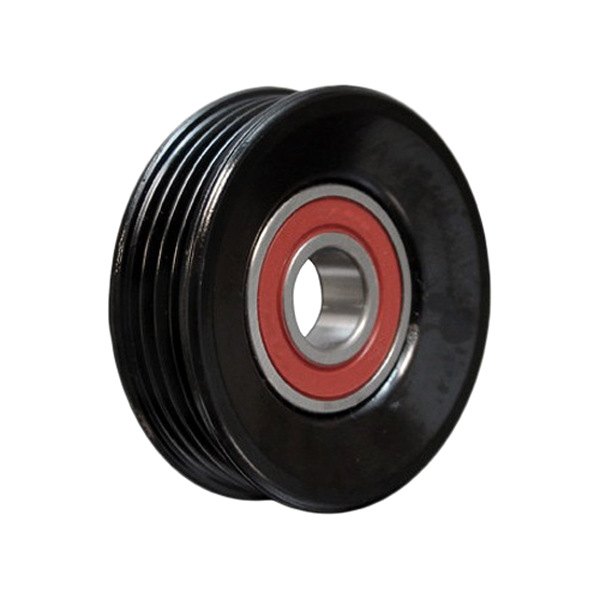
Step 3 – Check your power steering pump
There might be air in the system.
If the engine is still making noise, check your power steering pump reservoir. If it looks empty, you probably have air inside the pump assembly. Fill the reservoir, turn the wheel from the left to the right sides, and see if the noise dies down. If it does, then start checking for leaks.
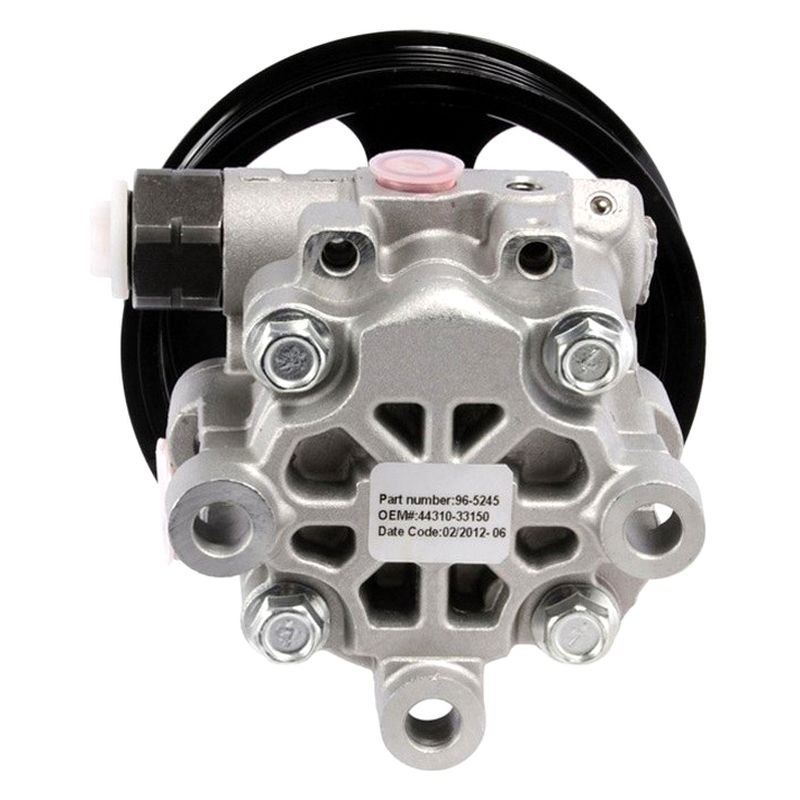
Pro Tip
You will have to find the leak, which may be from a hose or the actual pump itself. Once you replace the leaking component, noise should dissipate.
Step 4 – Check the bottom-end of the motor
You may have spun a bearing.
The worst case scenario in regards to any noise is a spun bearing, otherwise known as a "rod knock." Inside of the bottom-end lies an engine crankshaft and piston rods. Between the piston connecting rods and crankshaft are several bearings that allow both pieces of metal to smoothly slide on top of each other. If the engine ever has an issue of oil starvation, which generally occurs due to lack of maintenance, the clearance between the connecting rods and crankshaft is stunted, causing the rod to knock from inside the engine. This sound follows a rhythmic knocking noise that gets louder the more the gas pedal is pressed. In order to repair a rod knock, the entire bottom-end will need to be rebuilt.

Related Discussions
- 09 Camry 4cyl Timing Belt Rattling - CamryForums.com
- 2007 Camry Engine Noise - CamryForums.com
- 2008 Toyota Camery Engine Knocking - CamryForums.com
- 2007 Camry CE, Engine Noise While Accelerating - CamryForums.com
- 1999 Camry - Engine quit - CamryForums.com


